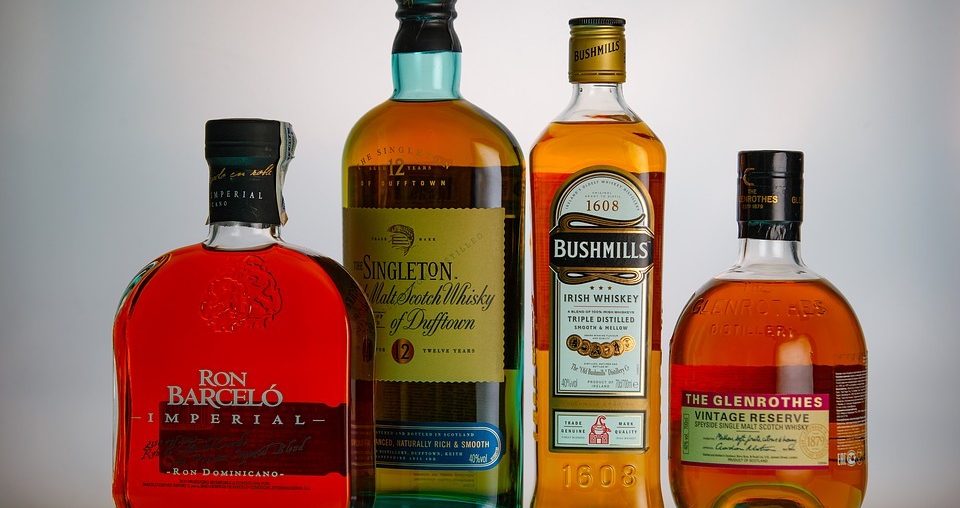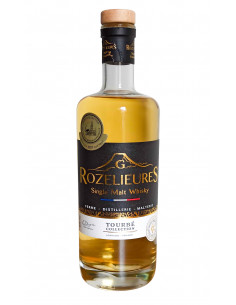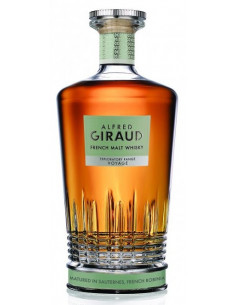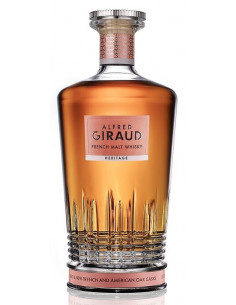When it comes to brown liquor drinks, the market has never looked so buoyant. Sales of Whisky, Rum and Cognac continue to rise. And this is despite the tensions of various trade wars, and countries imposing tariffs and taxes, both internally and externally.

But where does Cognac stand when it comes to a comparison between this and its brown liquor competitors, Whisky and Rum? After all, Cognac must have a disadvantage, being as it can only be produced in a single (very small) area of the world. Whereas the others can, with a few exceptions, be produced anywhere. To fully understand this, we must first talk about exactly what we mean when we group together the liquors we refer to as ‘brown spirits’ to figure out how these three can be compared.
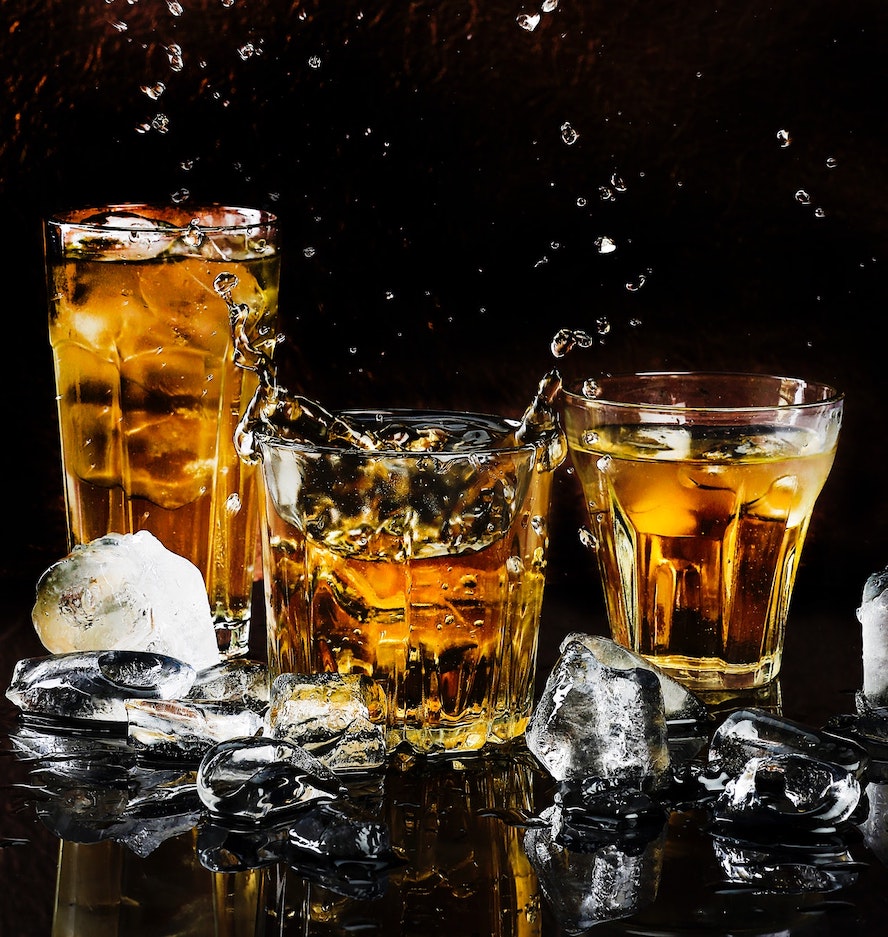
1. Cognac, Rum and Whisky: The physical differences
So the first important aspect to understand is what each of the spirits is made from. Cognac, of course, is made from white grape. All you need to know about the process of producing Cognac can be discovered here.
Whisky, on the other hand, is made from grain—most commonly, barley. And as for rum? Well, rum is made from sugar cane. And sure, you can get white rum. But in the context of this article, and that of brown spirits, we’re talking about dark rum. Although white rum is also made from sugar cane or its by products, let’s be clear about that.
2. The geographical differences
So, as most of our readers know, Cognac can only be produced in the AOC regulated region of South West France. This covers approximately 79,000 hectares of vineyards, which, although it sounds a lot, is only a very small area when looked at on a global scale. Read more about this strictly protected growth area in The Six Crus of Cognac.
Whisky can, and is, produced anywhere in the world. However, there are some very important aspects to understand about the creation of Whisky. Because this is a somewhat umbrella term, and one that is easily misunderstood.

To put it in extremely simple terms (and we’re sure that Whisky aficionados will be quick to add detail), it breaks down like this. Scotch Whisky can only be produced in Scotland, United Kingdom. The Scotch Whisky Regulations of 2000 strictly define the rules by which a Whisky can carry the name of Scotch, much as in the same way that the BNIC regulates how a Cognac is produced.
Irish Whiskey (note the additional ‘e’) can only be made in the country of Ireland. And this includes the UK part, which is known as Northern Ireland.
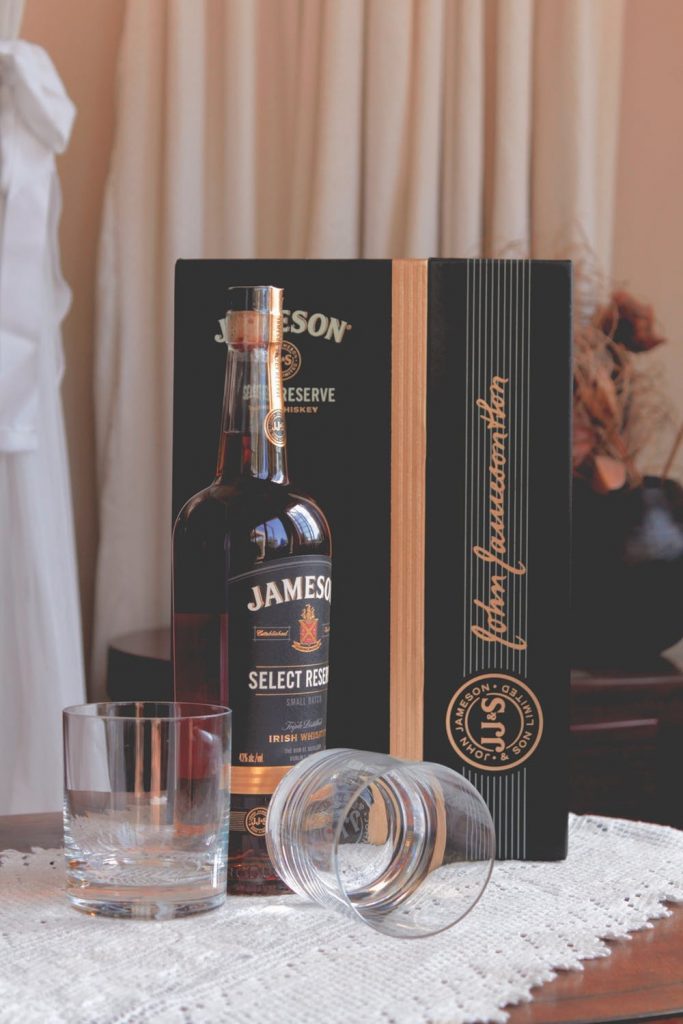
And then, of course, there’s American Whiskey. Many of these are made from different grains than that of Scotch Whisky or Irish Whiskey. There’s Tennessee Whiskey (made in Tennessee), Rye Whisky, and then there’s Bourbon, which is made primarily of Corn. And Bourbon can only be produced in the US.

So… Onto rum. This dark liquor is produced the world over. But the most famous location is the islands of the Caribbean. However, there are plenty of other areas that have a thriving and excellent rum industry. These include various Central and South American countries, such as Cuba. Panama, Puerto Rico, Columbia, and Nicaragua. Here they’re referred to not as Rum, but ‘Ron’.
Then there’s the French overseas territories that also produce Rum, or ‘Rhum’ as it’s known. These include Martinique, Guadeloupe, and the French West Indies. These are the only Rum producing countries that have established a legal framework to regulate the production of its product to be able to carry the name, Rhum.
3. Turnover and revenue of each dark liquor
2017 saw the best volume performance for the spirits industry for the past five years. Scotch Whisky, in particular, was a big driver for brown spirits, with exports of blended Scotch increasing by 0.9% to 802 million bottles. The whole Whisky sector had a good year, with growth in both volume and value. According to the Distilled Spirits Council, sales of American Whiskey grew by 8.1% in 2017, to a value of $3.4 billion dollars. $9 million of that was imported by China.
Rum figures hit 144.8 million cases of global sales, heralding a 0.8% increase (although this does include white rum as well).
Together, Cognac and Brandy saw an increase in global sales of 0.6%. Cognac alone posted an impressive increase in 2017 of 11% growth in volume and a 14% increase in value. In total, 197.4 million bottles were exported, with 86.2 million being shipped to the US. European shipments grew by 5.7% in volume, those to the Far East were up 11.4% in volume and 18.4% in value. Exports to Russia were up 32.7% in volume, and those to non-traditional markets, such as Africa, were up by 13.2% in volume.
4. Current and predicted market growth of each brown liquor
Total sales (of 9 liter cases) for each sector are as follows:
- Whiskies—367,997,812.1—an increase over the previous year of 2.9%.
- Brandy and Cognac—170,149,210.5—an increase of 0.6%.
- Rum—144,830,544.5—an increase of 0.7%.
Despite all the challenges that currently beset the spirits market, the future looks rosy. In regard to Cognac, it appears that the years affected by the Chinese Government’s austerity drive are finally beginning to recover. For Cognac, Brandy, Whisky and Rum, despite various taxes and tariffs being imposed around the world, the brown spirit brands and marketplace continues to gain pace. Predictions in the whole brown spirits market are for these gains to continue. And that’s certainly something we can all raise a toast to. But right now all we can do is wait with baited breath for the 2018 figures to be released, and find out if the predictions become reality.
Whatever your favorite brown liquor might be (and we’re guessing Cognac will be the number one on many of our readers’ lists), there’s always good reason to try other spirits. Read our post about Cognac For Whisky Drinkers for some inspiration on the beverage loved world over.
And for those of you who’d like to discover some Whiskies that might tempt a Cognac palate, then our post about Cognac finished Whiskies is definitely worth a read.
Sources: whisky.fr, thespiritsbusiness.com, CNBC.com

